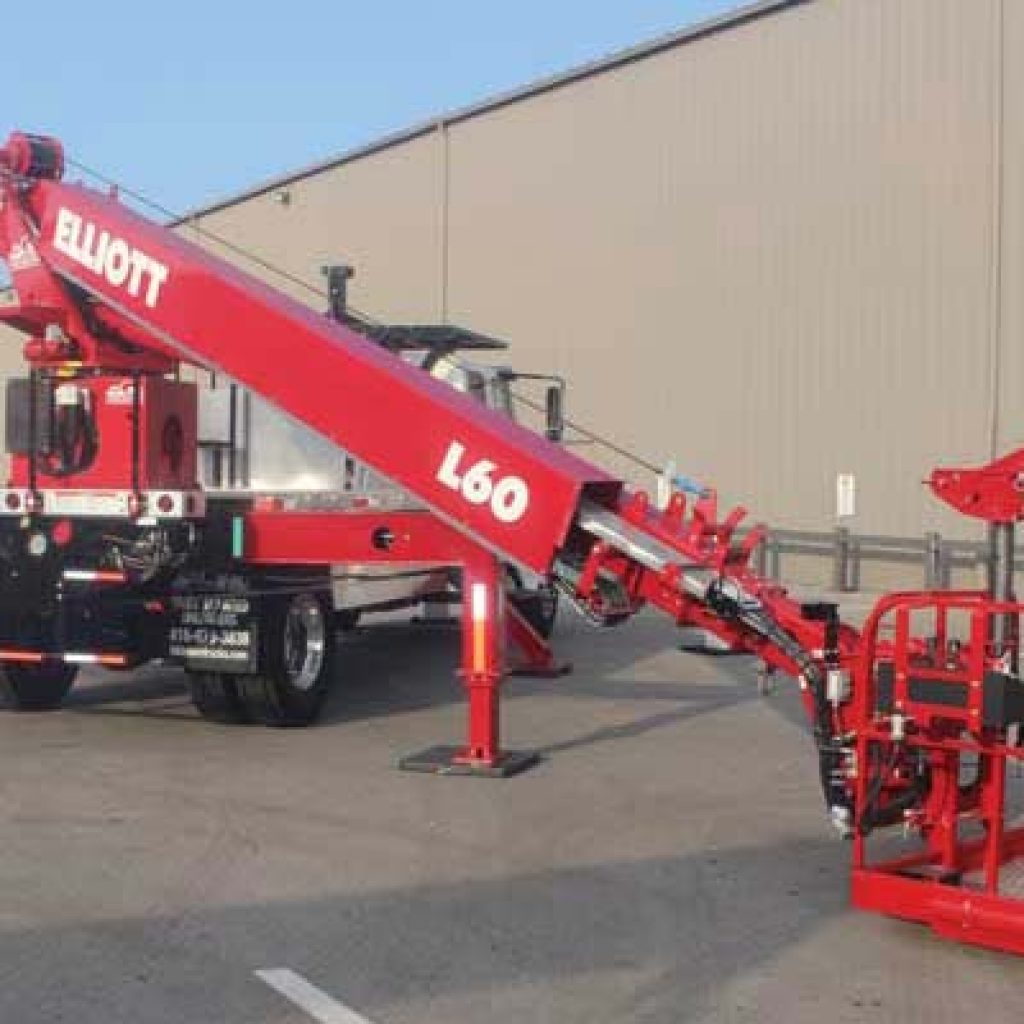Best Practices: Sign Truck Safety
Sign trucks and other similar vehicles are among the most versatile and useful for many types of worksites.
By Jeff Stutt
A sign truck is a type of vehicle that helps workers install and move variable message signs (VMS) and other stand-alone signs. Similar to a bucket truck, these aerial lifts are used to access jobsites at varying heights. Given the risk of the person above-ground, it is crucial to ensure the safe use of this type of vehicle.
Indeed, the majority of injuries and/or fatalities are caused by tip-overs, collapses, electrocutions, and falls. Though the worker tasked with the job is fully aware of the risks, employers should make sure their workers are knowledgeable about this type of vehicle and ensure protective equipment is provided and used.
Aerial lifts offer convenience
Sign trucks and other similar vehicles are among the most versatile and useful for many types of worksites. When used properly, they provide a safe and secure platform that enables workers to perform tasks in elevated areas without worry.
Aerial lifts are made from sturdy, stable materials, which allow workers to move freely and use both hands to complete a task. This is the reason why this type of truck is a staple for many sign companies.
Given the set of hazards this line of work presents, it is important to be aware of safe work practices. This article discusses the dangers associated with aerial lift truck operation, as well as the steps that should be followed to avoid an accident.
Preventing falls
Elevated work can be dangerous, as performing tasks above-ground creates the risk of falling. That said, most sign installers eventually get comfortable working at these heights, and while this may be the right attitude for the job, it is important for them to remember a fall, even from a few feet, could result in serious injury.
Therefore, employees must be equipped with adequate fall protection gear, such as a harness with a lanyard and body belt. Establishing the fall distance is also crucial before performing a sign installation to ensure the right safety equipment is used. For example, if a worker’s protective gear is designed for a 4.5-m (15-ft) fall and he/she is only elevated 3 m (10 ft), the safety equipment would be rendered useless in this situation.
Further, when working at elevated heights, workers must always have both feet on the platform and ensure the floor is free of any trip hazard. Standing or sitting on the edge of the platform is a bad idea, as is placing a step tool or a ladder to extend one’s reach.
While inside the platform, workers should never try to climb down. Aerial lift trucks are designed to make this job easier; therefore, workers should be patient and wait until the bucket is fully lowered. Some aerial lifts can take a few minutes to fully lower; however, some other trucks can perform this task much faster. If workers need to visit multiple jobsites in a single day, it might be a good idea to reach out to the manufacturer to inquire about any available upgrades.
The post Best Practices: Sign Truck Safety appeared first on Sign Media.
Source
https://www.signmedia.ca/best-practices-sign-truck-safety/

